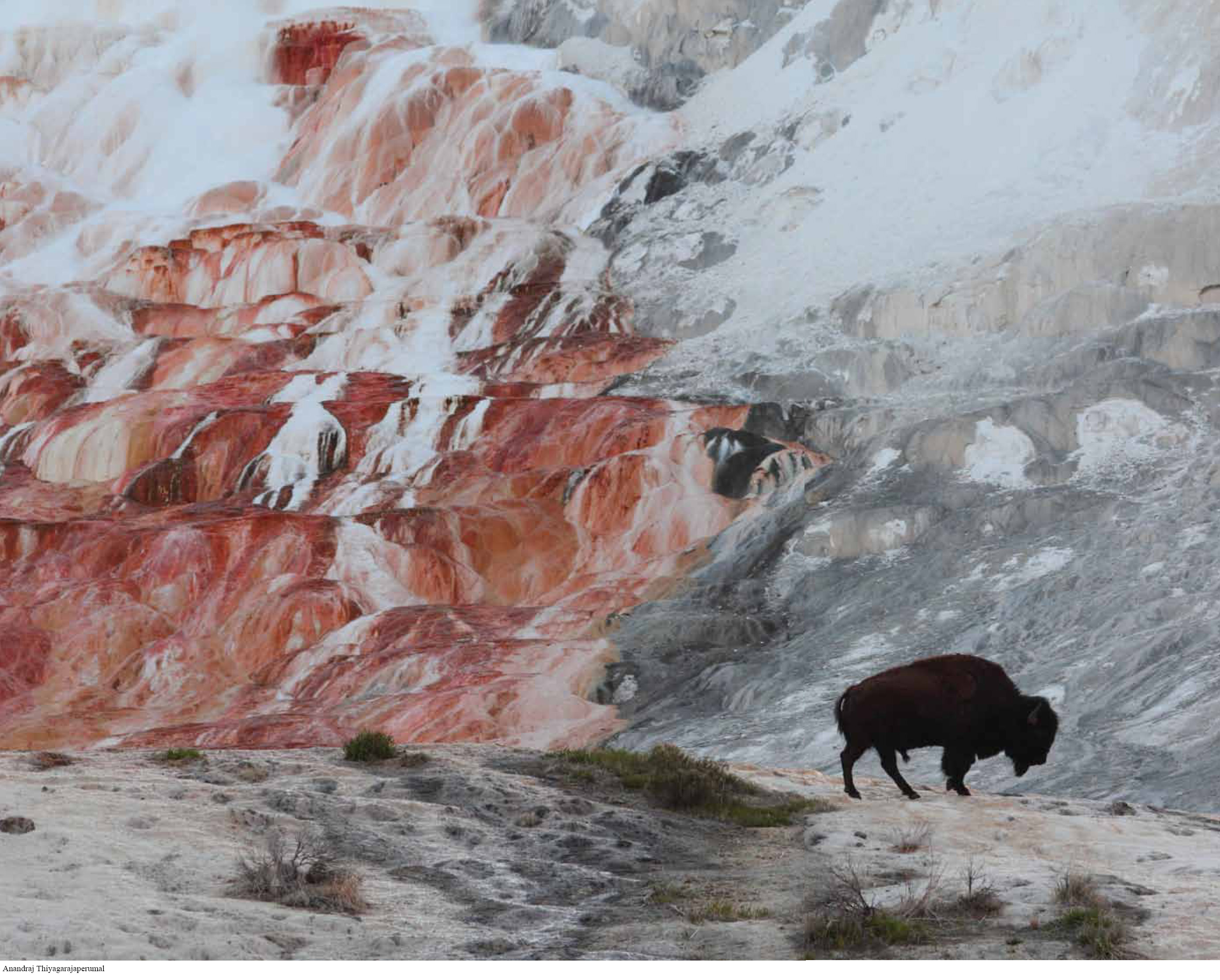20
Introduction to Animal Physiology
PRINCIPLES OF ANIMAL ORGANIZATION AND FUNCTION
790

791
Animal body structures reflect their functions.
- 20.1 Most animal bodies are organized in a hierarchy from cells to tissues, organs, and organ systems.
- 20.2 Connective tissue provides support.
- 20.3 Epithelial tissue covers most interior and exterior surfaces of the body.
- 20.4 Muscle tissue enables movement.
- 20.5 Nervous tissue transmits information.
- 20.6 Each organ system performs special tasks.
Animals have an internal environment.
- 20.7 Our bodies function best within a narrow range of internal conditions.
- 20.8 Animals regulate their internal environment through homeostasis.
How does homeostasis work?
- 20.9 Negative and positive feedback systems influence homeostasis.
- 20.10 Temperature control is a component of homeostasis.
- 20.11 This is how we do it: Why do we yawn?
- 20.12 Animals must balance their water content within a narrow range.
- 20.13 In humans, the kidneys regulate water balance.
792